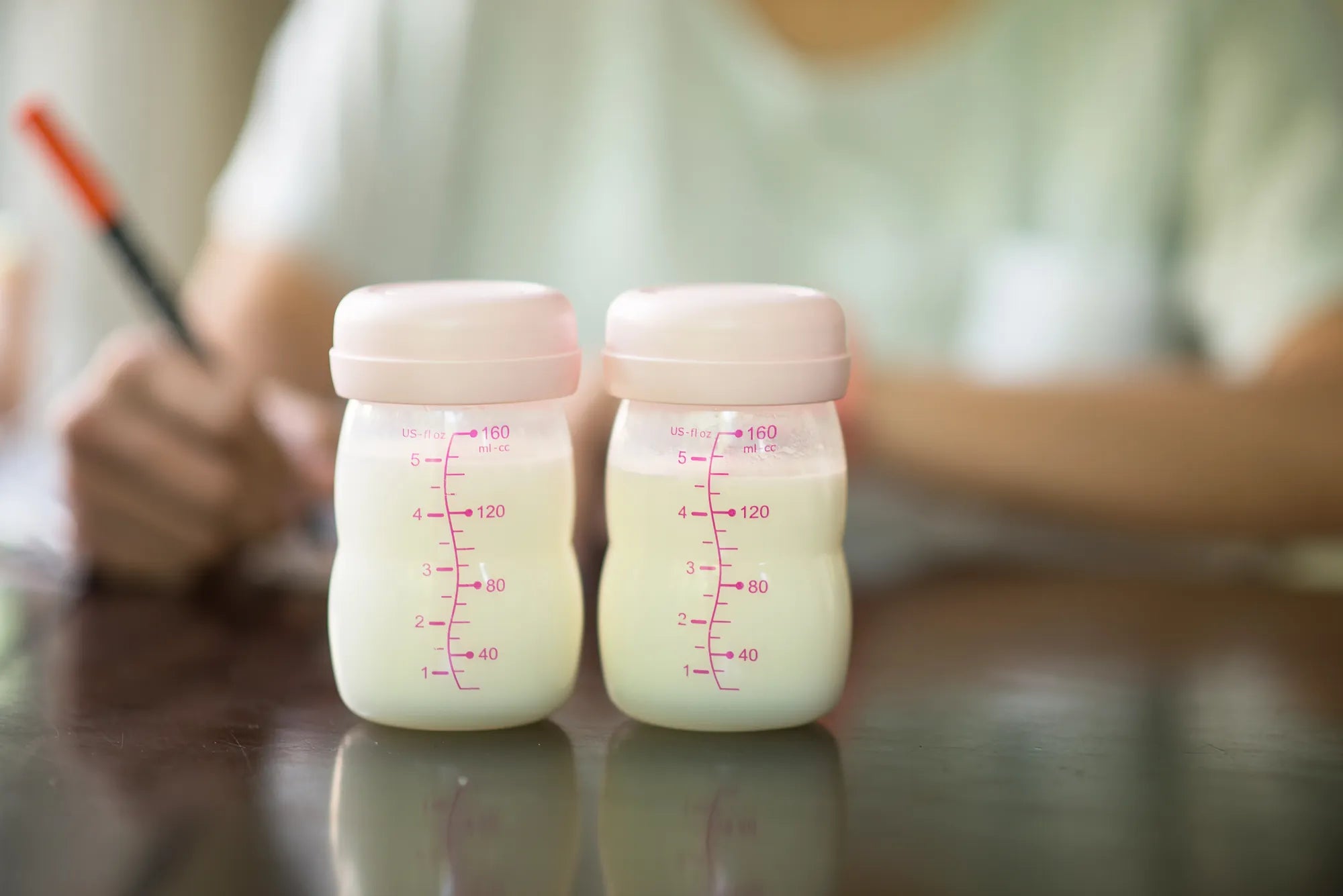Home
Pregnancy, Breastfeeding, and Pumping: The Ultimate Guide for Moms
How Long Can I Keep Breast Milk Out After Pumping: Essential Guidelines

How Long Can I Keep Breast Milk Out After Pumping: Essential Guidelines
Breast milk is a precious resource for your baby, packed with essential nutrients and antibodies. However, knowing how long it can safely stay out after pumping is vital to ensure its freshness and safety. This article will guide you through the key factors to consider, storage recommendations, and tips to maintain the quality of your breast milk.
Understanding the Basics of Breast Milk Storage
Breast milk is a living substance that can spoil if not stored properly. The duration it can stay out after pumping depends on several factors, including room temperature and hygiene practices. Generally, freshly pumped breast milk can be kept at room temperature for up to four hours. However, this timeframe can vary based on the environment.
Room Temperature Guidelines
Room temperature plays a significant role in determining how long breast milk can stay out after pumping. In a room with a temperature of around 77°F (25°C) or lower, breast milk can remain safe for up to four hours. If the room is warmer, the milk should not be left out for more than two hours. Always check the temperature of the room before deciding how long to keep the milk out.
Refrigerating Breast Milk
If you don't plan to use the breast milk immediately, refrigerating it is the best option. Freshly pumped breast milk can be stored in the refrigerator for up to four days at a temperature of 40°F (4°C) or lower. Make sure to place the milk in the back of the refrigerator, where the temperature is most consistent. Avoid storing it in the door, as the temperature can fluctuate.
Freezing Breast Milk
For long-term storage, freezing breast milk is an excellent choice. When stored in a freezer at 0°F (-18°C) or lower, breast milk can remain safe for up to six months. However, it's best to use it within three months for optimal quality. Use airtight containers or breast milk storage bags to prevent freezer burn and contamination.
Thawing and Using Frozen Breast Milk
When you're ready to use frozen breast milk, thaw it safely by placing it in the refrigerator overnight or running it under warm water. Never use a microwave to thaw breast milk, as it can create hot spots that may burn your baby. Once thawed, use the milk within 24 hours and do not refreeze it.
Signs of Spoiled Breast Milk
It's essential to recognize the signs of spoiled breast milk to ensure your baby's safety. Spoiled milk may have a sour or rancid smell, a different color, or a clumpy texture. If you notice any of these signs, discard the milk immediately. Always trust your instincts and err on the side of caution when it comes to your baby's health.
Tips for Maintaining Breast Milk Quality
To maintain the quality of your breast milk, follow these tips:
- Always wash your hands before pumping or handling breast milk.
- Use clean, sterilized containers for storage.
- Label containers with the date and time of pumping to track freshness.
- Avoid mixing freshly pumped milk with already refrigerated or frozen milk.
- Store milk in small portions to minimize waste.
Common Mistakes to Avoid
Many parents make mistakes when storing breast milk, which can compromise its safety and quality. Avoid these common pitfalls:
- Leaving breast milk out for too long at room temperature.
- Storing milk in the refrigerator door where temperatures fluctuate.
- Using containers that are not airtight or sterilized.
- Refreezing thawed breast milk.
- Ignoring signs of spoilage.
Frequently Asked Questions
Here are some frequently asked questions about breast milk storage:
- Can I mix breast milk from different pumping sessions? Yes, but make sure the milk is at the same temperature before combining.
- How long can breast milk stay in a cooler bag? Breast milk can stay in a cooler bag with ice packs for up to 24 hours.
- Is it safe to use breast milk that has separated? Yes, separation is normal. Gently swirl the milk to mix the layers before feeding.
Proper storage and handling of breast milk are crucial for your baby's health and well-being. By following these guidelines, you can ensure that your baby receives the best nutrition possible. Always prioritize safety and quality when it comes to breast milk storage, and don't hesitate to consult a healthcare professional if you have any concerns.
Share


